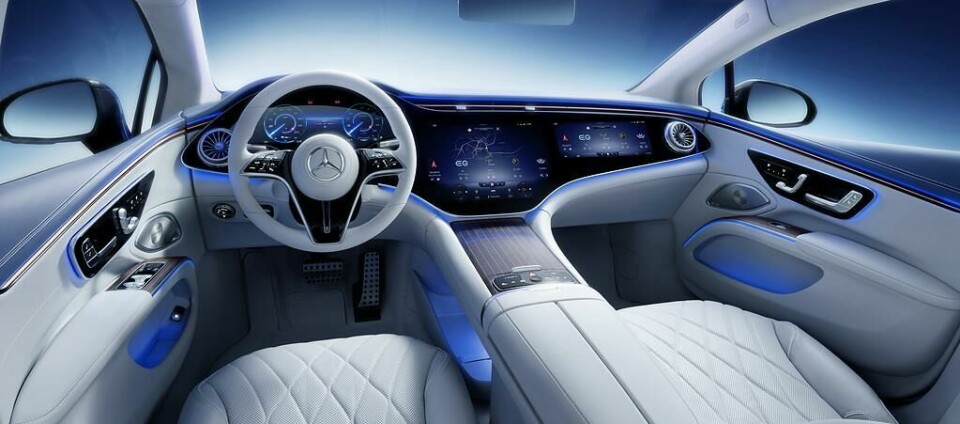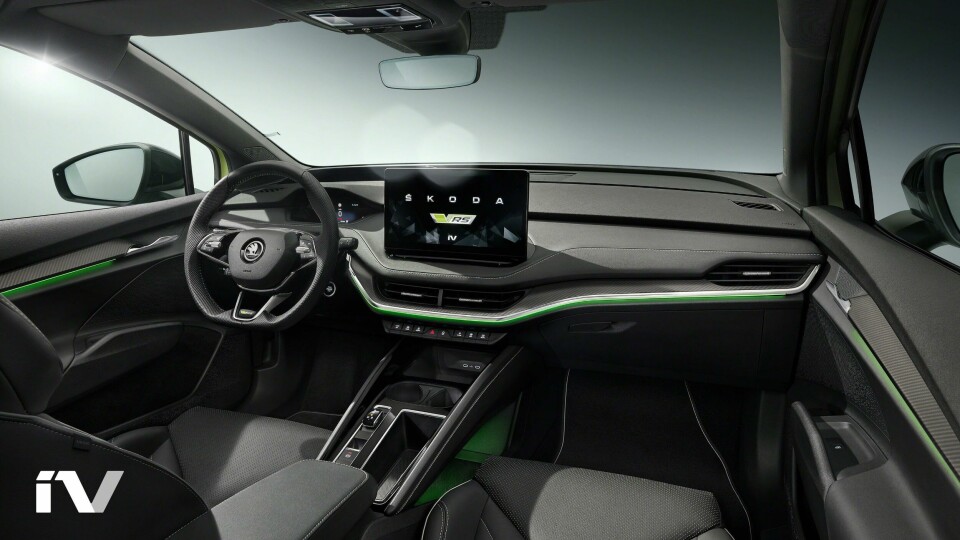
How important is smell in car design?
Many might turn their nose up at the idea of investing in multisensory design, but research shows that carmakers could be missing out
At its core, car design comes down to emotion. The way a vehicle looks and feels can decide whether it sells, whether it excites passengers, and can also say a lot about the company behind it.
But there might be an untapped field that could unlock new gains in brand power and consumer satisfaction: multisensory design. This describes how neuroscience is being woven into the way experiences and products are built, either for branding or functional purposes.

Today, car design generally considers two or three senses: how it looks, how it feels and how it sounds. Smell does not always enter the equation despite extensive research that proves it can have an impact on all other senses. And even with sight, touch and sound, there is room for improvement. Brands do not always take the time to ensure there is a seamless multisensory experience.
At a practical level, a car might look great, but a particular function in the cabin may create an unexpected, jarring noise that kills the vibe. It may be as simple as an indicator blip being at the wrong frequency. Perhaps the infotainment system has an odd tone. Trivial issues to most, of course, but research shows that even things as minor as these can cloud the consumer’s view of the car and the brand.
One company working on all this is Full Fathom, a creative agency that works with brands across various sectors to get their multisensory branding right. When it comes to car design, more can be done according to the company’s director, Scott King. “What you hear fundamentally affects what you feel, what you see, what you taste and everything else.” he tells CDN. “There is a field emerging in cognitive neuroscience that shows how all of these different linkages are universal, and we are able to take that science and apply it through multisensory design branding.”
It’s about optimising the design for the user experience but also, frankly, because it can make you sell more cars
Hotels, malls, aeroplanes and theme parks often use their own unique scent today to either entice people in or improve the experience for those who are going there anyway – it might even lead to a repeat customer. One study published in the international Journal of Marketing found that Nike was able to boost customers’ intent to purchase by more than 80% through targeted ‘scent marketing’. Ever wonder why ‘new car smell’ is sold as air freshener, too? This is not a discussion about sales and marketing, of course, but one of the user experience, one of car design’s favourite buzz words but for good reason.
“Aroma is extremely important,” says King, “and there are functional benefits as well. Certain ingredients can slow people down or invigorate them, so there are applications both inside the car but also dealerships and other spaces being run by the car brand.” This is a particularly interesting conversation when considering the exploration of the ‘Nth Space’ that blends autos and architecture. “It’s about optimising the design for the user experience,” continues King, “but also, frankly, because it can make you sell more cars.”
Some brands appear to be aware of all this; Nissan even employs a dedicated ‘smellmaster’ to check for unpleasant aromas and provide input on the kind of materials that are chosen for the interior. Mercedes says it has created exclusive ‘scent moods’ for the EQS. “Lower-cost products are unsatisfactory for the mind and body because they are deceptive,” says in-house scent expert Sabine Engelhardt. “And while it may be possible to deceive the eyes, deceiving the nose is unforgivable.” Skoda’s chief designer, Jozef Kabañ, observes that “a car communicates to all the senses.”

But King points out that smell is just one component of a multisensory experience and there are other cases where sound, for example, is perhaps even more important as there are safety implications. With the new age of ADAS functions coming into the market, the field of ‘sonic design’ is becoming more pronounced.
“With a collision warning system, for instance, we want those tones to be as functionally efficient as possible. The perceived urgency and reaction time are critical, so it cannot be a simple beeping rhythm you might expect from a seatbelt reminder or a parking sensor,” King explains. “Research shows that if something repeats in a general pattern, we notice it but the perceived urgency is quite low. By randomising the tone, and tweaking the pitch, you can really optimise reaction time.”
And as carmakers move into autonomous driving territory, the multisensory experience might be forced to kick up a notch. “We’re taking a lot of what we have learned from airlines, where you can use sound, light, aroma and haptics to control your perception of time and alertness,” says King. “We know if the interior of a vehicle was bathed in certain colours, that could either stimulate or encourage relaxation. You can almost deliver different bespoke sensory environments that are in tune with different driving modes. With AVs it can be about accentuating the in-cabin experience for everyone – because there isn’t a driver who needs to stay alert.”
Designers are often said to have a good eye for design. Moving forward, they might just need a good nose too
But is all this reserved for the height of luxury – brands such as Rolls-Royce, Bentley and any other models tailored to the ultra-wealthy? Not necessarily. In fact, multisensory design could be a low hanging fruit for mass market brands looking to either boost the perceived quality of an entry-level vehicle or – in a world of increasing homogeneity – provide a means of differentiation.
“A lot of car brands, particularly at the top of the market, think they have this nailed,” concludes King. “We see this with luxury retailers as well. But although they might have a specific design aesthetic, very rarely is it truly multisensory.” His point is that while brands such as those mentioned in this article might be exploring the role of different senses, that work may be siloed when it should be an end-to-end process.
Designers are often said to have a good eye for design. Moving forward, they might just need a good nose too.



